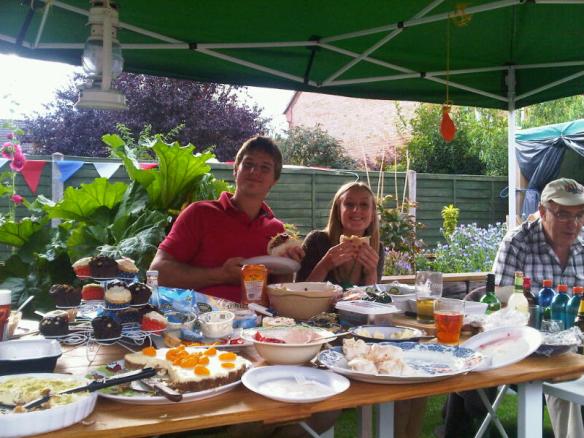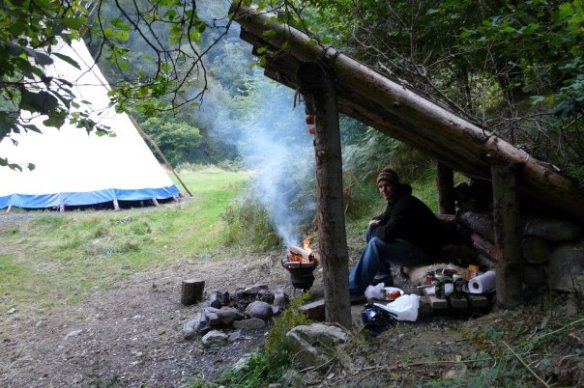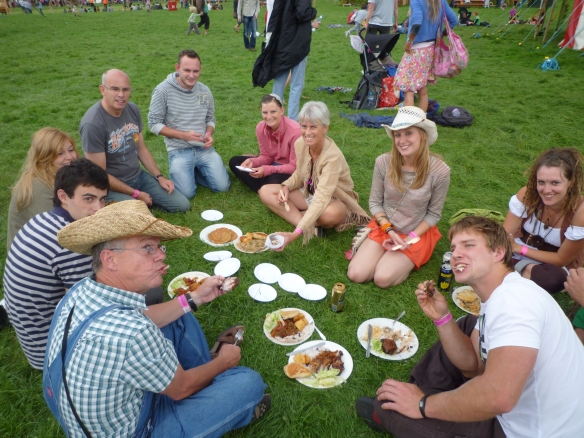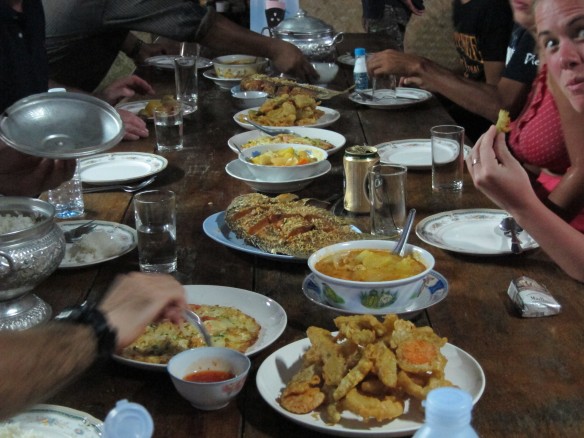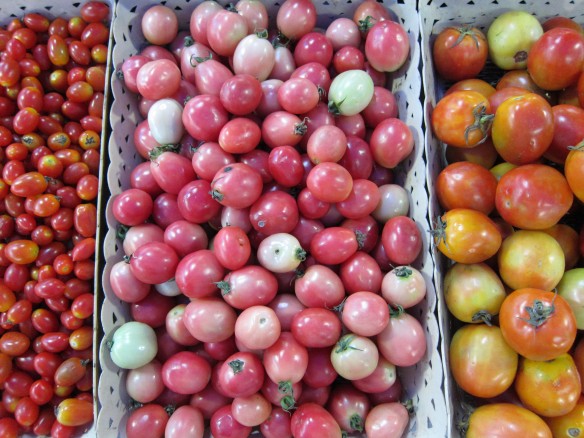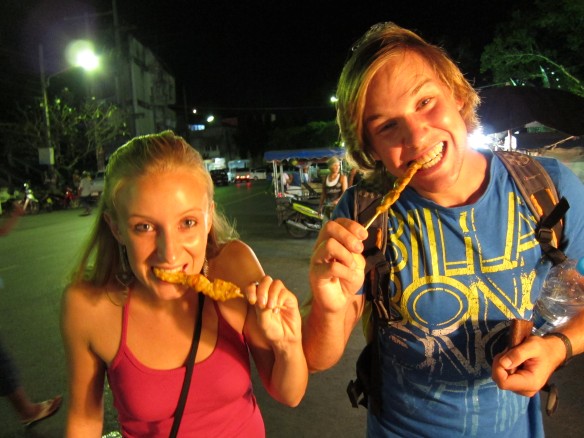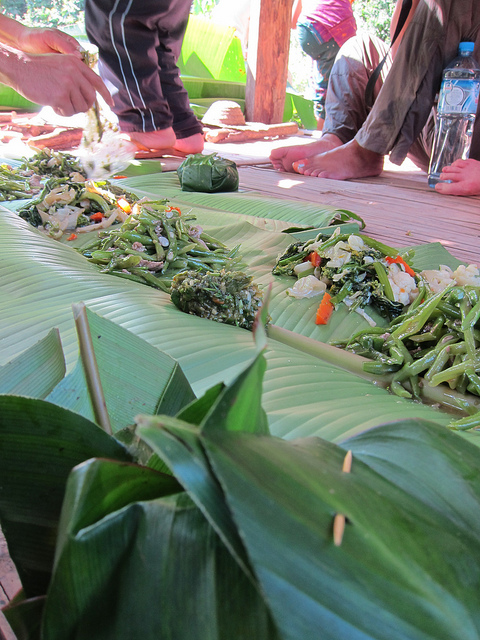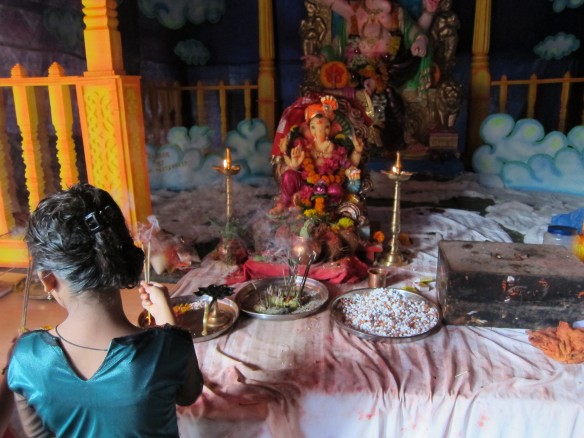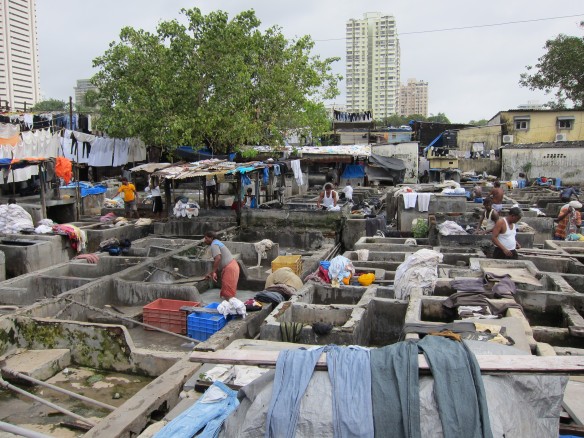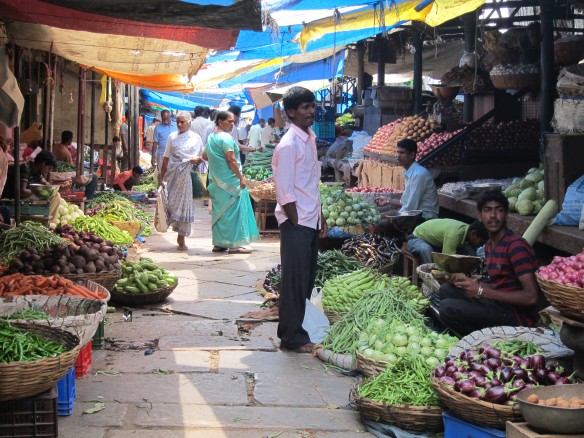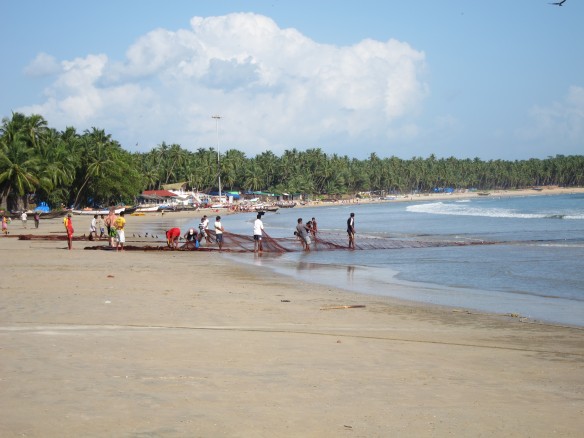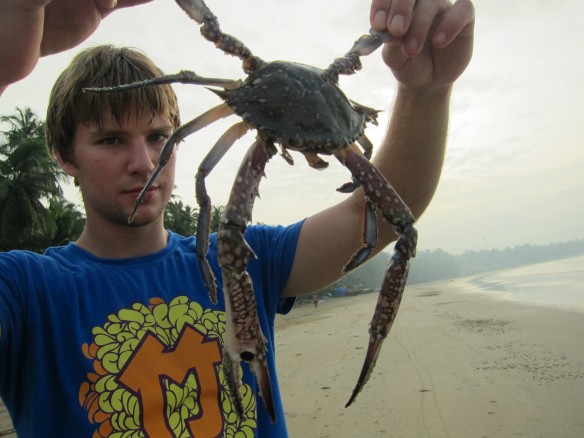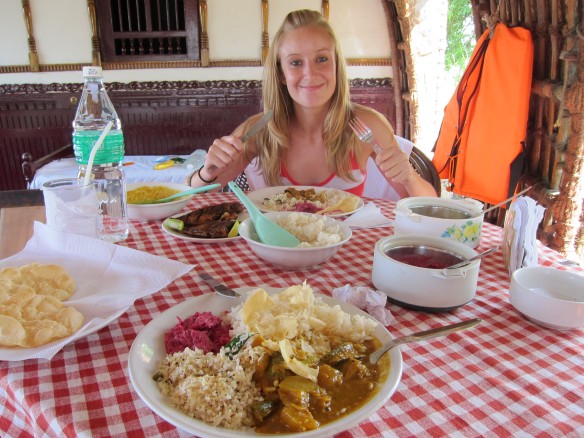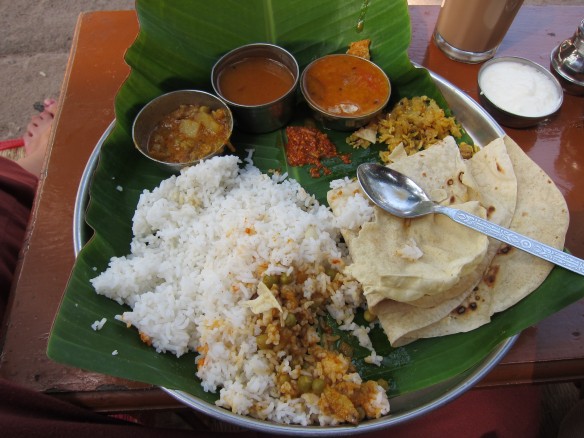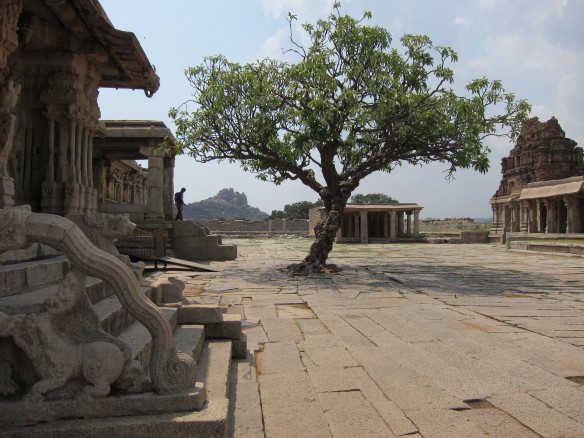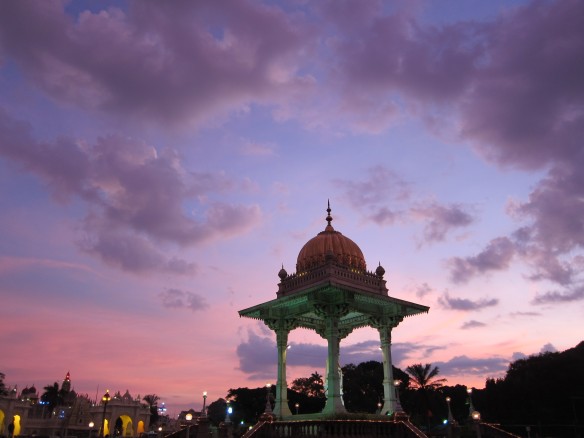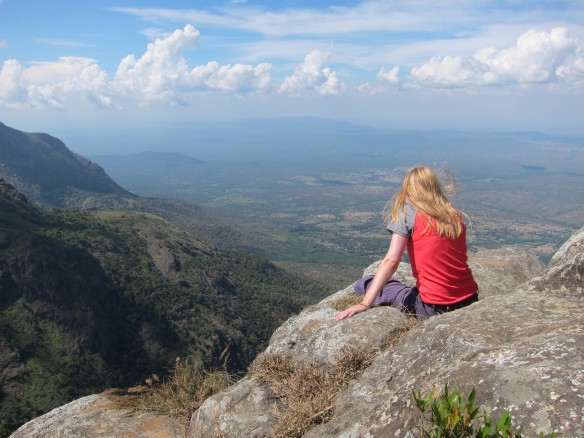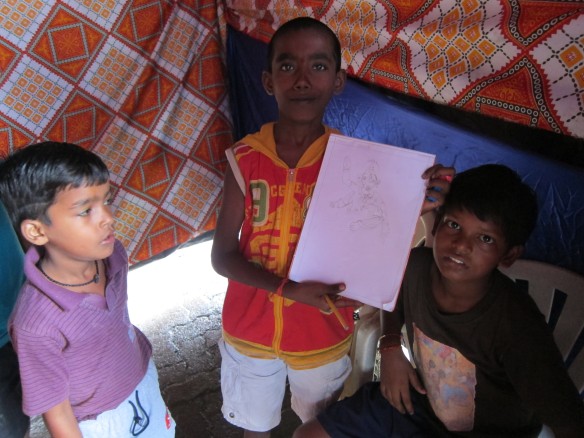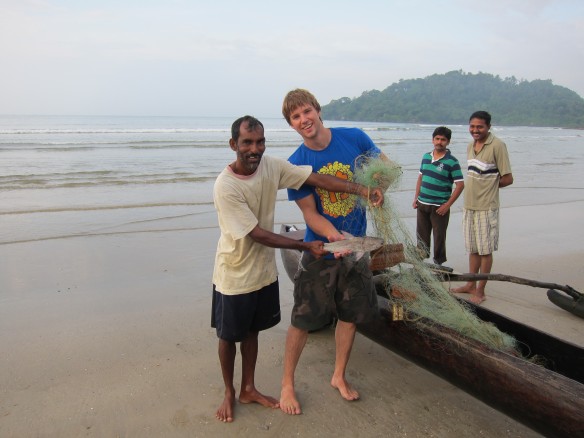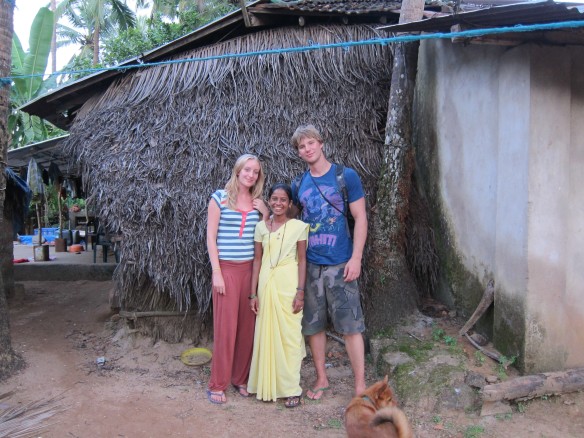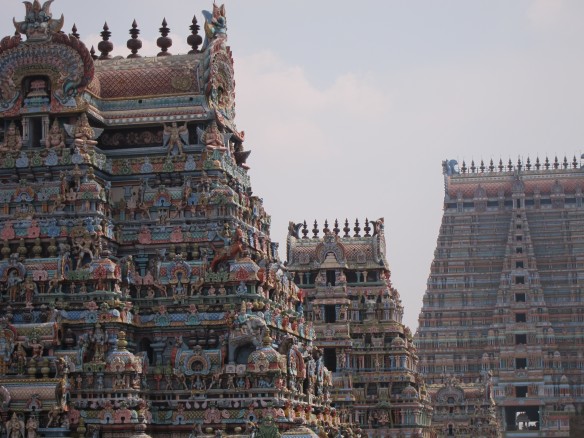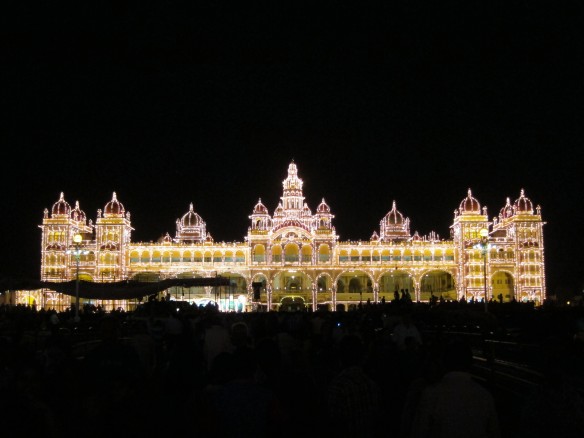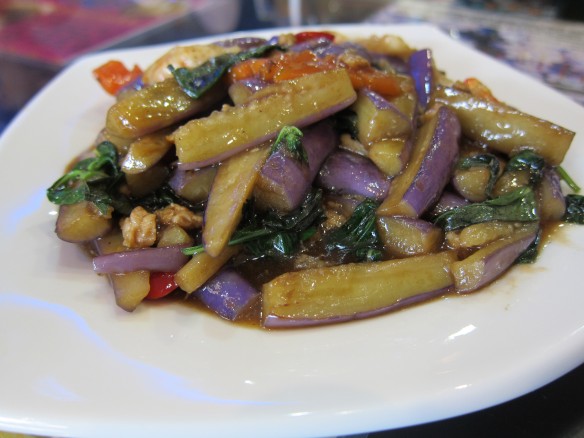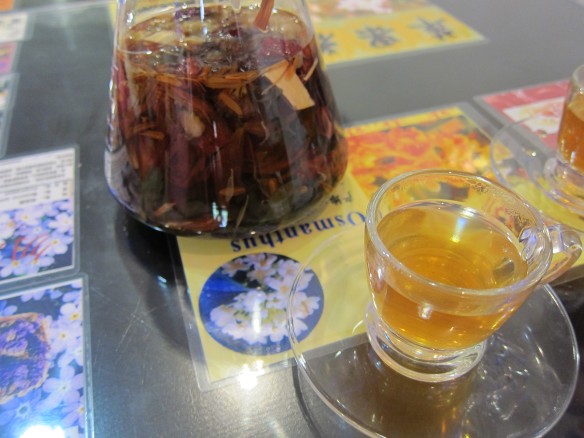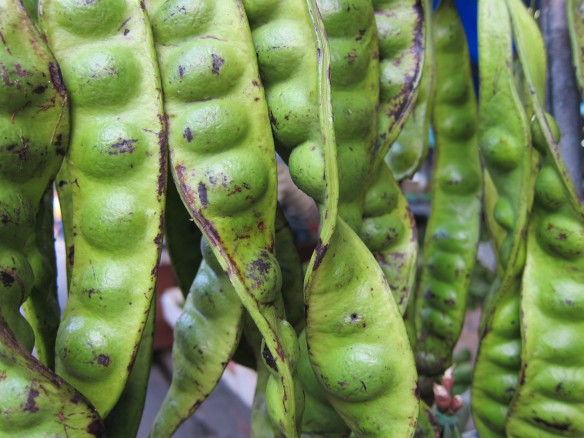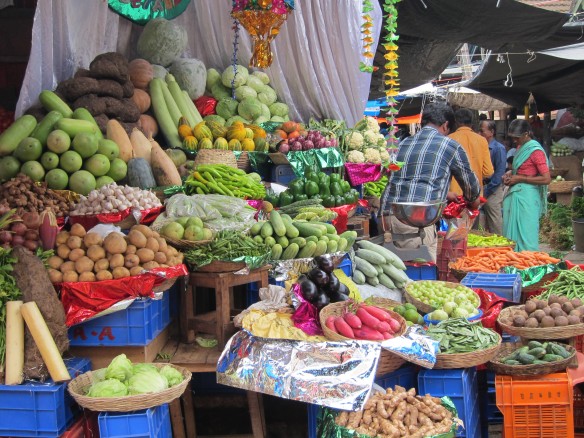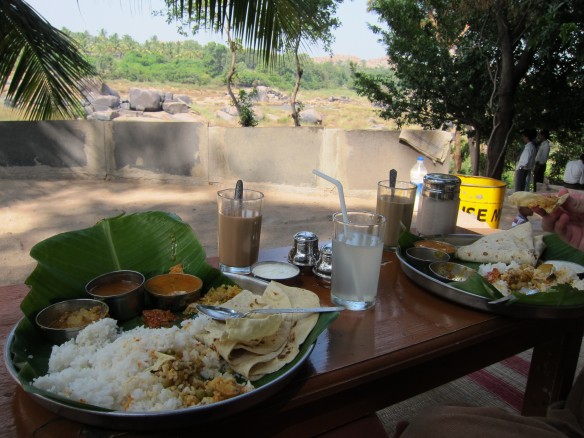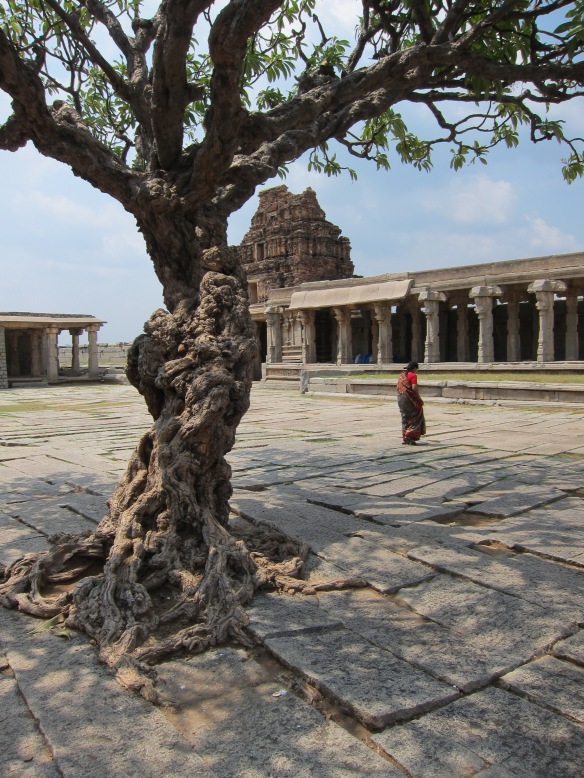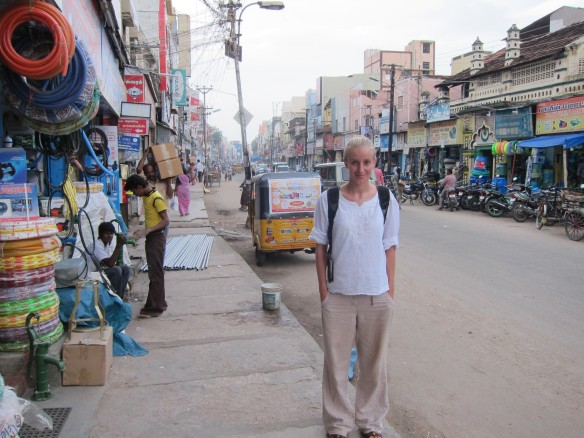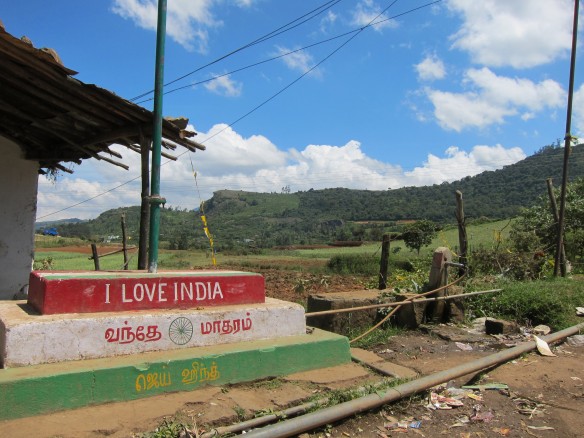Biting into a Cornish pasty sends me through time. I’m 7 years old again wearing my favourite tie dye t-shirt, my messy sea salt encrusted hair and sandy feet denoting a day out at the beach. A gust of fish-scented wind blows on my face and the sound of seagulls echo around the harbour as we sit and admire the fishing boats full of tangled nets and lobster pots. I’m with my mum, my dad and my brother, we are squeezed onto a bench joyously tucking into our pasties, burning our hungry mouths in the process.
Food is my time machine, I rely on it to recall happy memories with my family and friends. When a meal has an experience attached to it, when you find yourself in a charming setting with loved ones, is this not when you will eat the best food? Is your mum’s messy lasagne, for which she apologises twenty times, not the most rustic looking most delicious tasting thing, enjoyed at the dinner table after work with much banter and bitching?
When I look at menus in fancy restaurants, that I can not afford to frequent, I instantly feel intimidated by words I don’t understand and I don’t find myself attracted to the complex descriptions of the meal. There is something almost clinical about huge white plates and neatly, unnaturally stacked food that just doesn’t get my juices flowing! No doubt these talented meals, that are effectively pieces of art, would be divine to devour amongst hushed conversation, clinking cutlery and ambient lighting but wouldn´t I rather throw etiquette out of the window and feast on some homemade pizzas with mates? Maybe it´s foolish but I would opt for the latter, despite being fully aware that a night of lobsters, truffles and oysters could make for a very memorable one. I do not wish to berate high end food in a resentful manner, I am just trying to express my huge infatuation with simple food that has soul and has a story.
As you may have guessed, I’m a hopeless romantic. That is why I cannot read a chapter of Gabrielle Hamilton’s autobiography without melting. I adore her enchanted tales of summer parties filled with wine and spit-roasted lamb and her beautiful descriptions of big family tables covered in Mediterranean vegetables. Equally I love Nigel slater, he also has the ability to narrate the sensous journey of eating perfectly and when he starts talking about a hot bowl of stew on a winters night it makes me feel fuzzy inside. It might be idealistic to envisage a gathering of people, heartily laughing around plates full of colourful salads, oversized wine glasses and platters of antipasto but I don’t care, I absolutely strive to achieve those situations.  I will spend a whole weekend preparing homemade guacamole, hummus and coleslaw, marinating chicken thighs with tandoori paste, stuffing sausages and preparing Greek salad just to throw a BBQ for a few people on a pleasant summers evening. I will then sit and revel in the hours we get to sit chatting and drinking and eating without a care in the world and the night will become one a hold close to my heart for many years.
I will spend a whole weekend preparing homemade guacamole, hummus and coleslaw, marinating chicken thighs with tandoori paste, stuffing sausages and preparing Greek salad just to throw a BBQ for a few people on a pleasant summers evening. I will then sit and revel in the hours we get to sit chatting and drinking and eating without a care in the world and the night will become one a hold close to my heart for many years.
I believe that enjoyable food scenarios such as this have the ability to adapt a person´s taste buds, especially in childhood where you may identify your favourite flavours by associating particular food with happy experiences. I feel very fortunate to have been exposed to a diverse range of food from a young age and I hold my parents accountable for my slight addiction to smelly moulding cheese. I adore the smell of toast and the satisfying feel of a soft boiled egg cracking under a spoon, it takes me back to my nan and grandad’s house where my grandad would sit in front of an open fire and toast bread in the morning. The kitchen table would be ready with a brewing teapot and a big slab of butter from the pantry, my Nan placing eggs into their holders and cutting through the egg shell to expose a bright orange yolk. I didn’t know at the time that these instances would subconsciously ingrain themselves into my mind and play a major role in the taste I came to acquire but indeed they did. Holidays are another example. Our family holidays revolve around food, our repeated visits to Andalucia have put manchego cheese, grilled sardines, chipirones, patatas bravas, and various beautiful cured meats marbled with fat on the list of our favourite foods.  If I had tasted such amazing cuisine whilst sat in a business lunch at one of Birmingham’s best restaurants networking with strangers in suits, would I really adore this food quite as much?
If I had tasted such amazing cuisine whilst sat in a business lunch at one of Birmingham’s best restaurants networking with strangers in suits, would I really adore this food quite as much?
No, I believe, if somewhat controversially, that there is more to food than simply the taste. It´s the sense of occassion, it´s the comfort, it´s the togetherness, it´s the laughter, it´s the surroundings and it´s eating a plate of tomatoes and being back in the greenhouse with my grandad.


